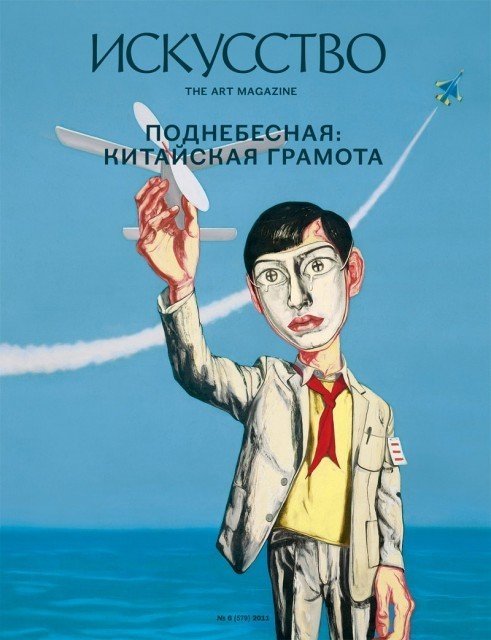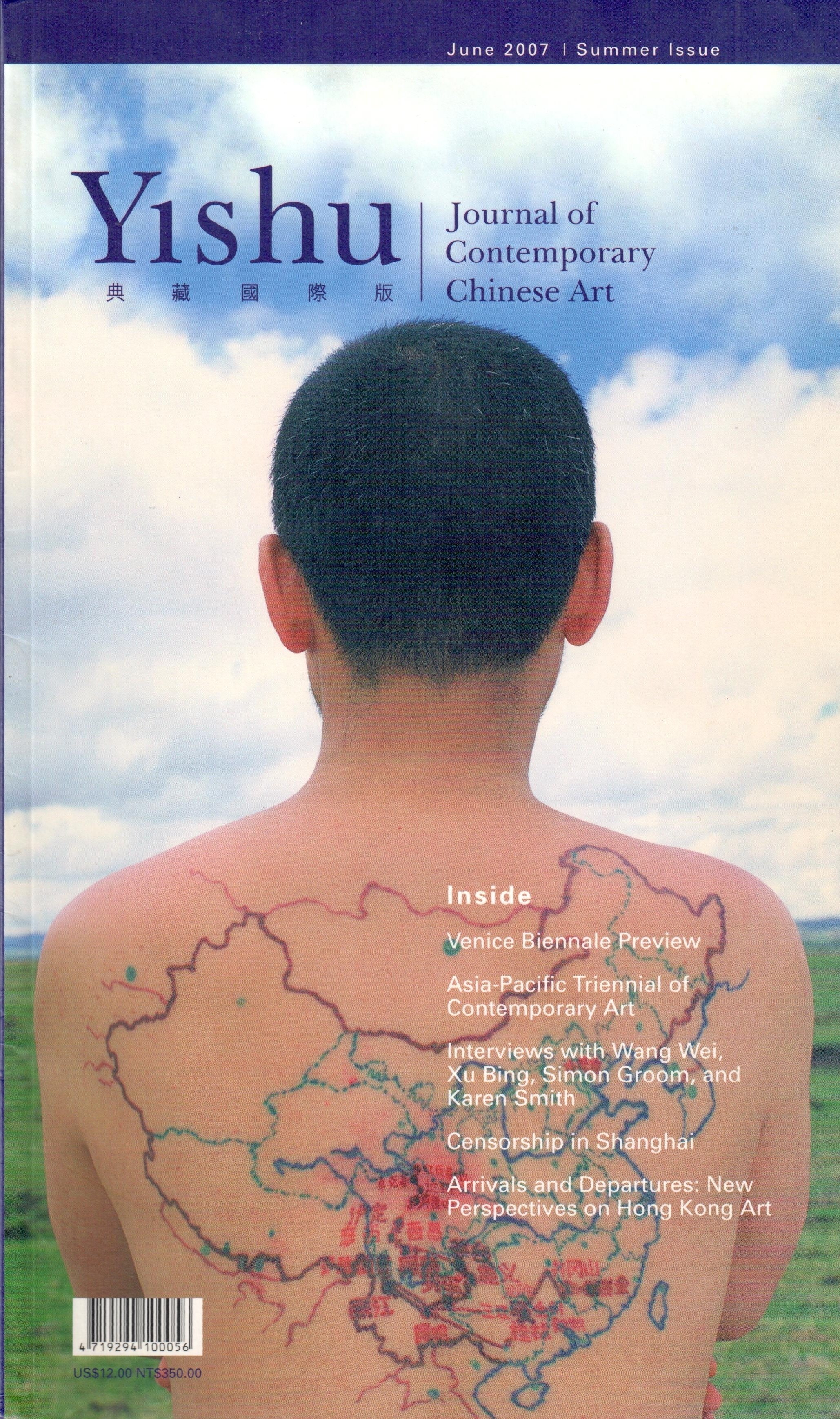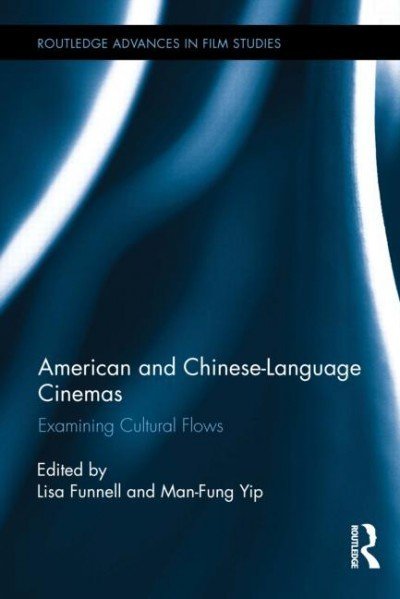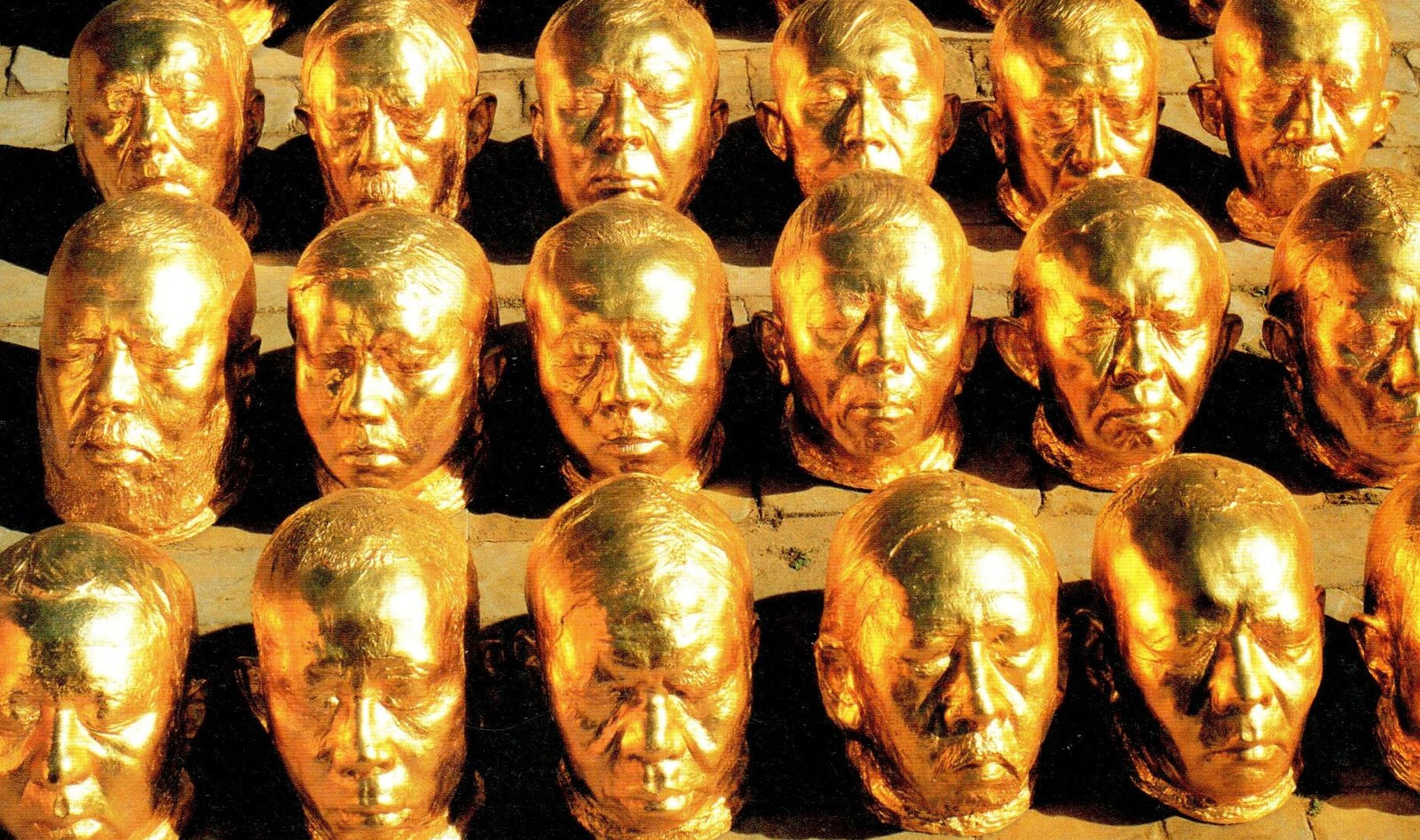Providing context for Yin Xiuzhen’s Slow Release—currently on show in Garage Atrium—Garage Research team have prepared an overview of publications on Chinese contemporary art.
Publications on Chinese Contemporary Art
Overview by Maryana Karysheva, Valery Ledenev, and Anastasia Tishunina

Искусство №6 / 2011 [Iskusstvo №6 / 2011]
In 2011, Russian art magazine Iskusstvo devoted an entire issue to the rapidly developing art scene of China—the country that had opened up to the outside world as recently as in the 1990s. The issue contains articles on artists such as Yang Fudong, Cai Guo-Qiang, Zhang Huan and Ai Weiwei, as well as a feature on general developments in Chinese art since the Cultural Revolution by scholar and critic Gao Minglu. Gao discusses styles and movements as well as the specificity of the Chinese art scene, conditioned by China’s non-involvement in the international modernist movement, its close ties with the Soviet Union and its traditionalism. Valery Podoroga compares the Chinese notion of the void to the Western concept of nothingness, while Philip Hoffman, writing for the Market section, shares his predictions on the potential growth of the Chinese contemporary art market. M. K.

Yishu: Journal of Contemporary Chinese Art / June 2007
Canadian publication Yishu is the largest Western periodical focused on contemporary art from China. It has published several articles on Yin Xiuzhen, whose installation Slow Release is currently exhibited at Garage. In the March 2005 issue, critic and academic Peggy Wang offers an analysis of Yin Xiuzhen’s Ruined City (1996), Peking Opera (2000) and Portable Cities (started in 2001)—three projects that explore the phenomenon of urbanization. “In her works, the independent identities of the ‘city’ and the ‘individual’ fluctuate as much as the relationship between two”, she points out. “In fact, it is in Yin Xiuzhen’s works that we are made to realize that each has the potential to both displace itself and be displaced by the other. Applying as much to the site as to the self, the notion of displacement can be understood as the process of taking and/or the state of being out of context”. A small article in the June 2005 issue is devoted to Yin Xiuzhen’s Fashion Terrorism (2004-2005), and an analysis of her Arsenal: Weapons (2007) made for the Chinese Pavilion at the 52nd Venice Biennale follows in the January 2007 issue.

Art and Cultural Policy in China: A Conversation between Ai Weiwei, Uli Sigg and Yung Ho Chang, moderated by Peter Pakesch
Wien, New York: Springer, 2009. 132 pp.
In the conversation, documented in this publication, Ai Weiwei, Uli Sigg, Yung Ho Chang, and curator Peter Pakesch discuss their personal artistic careers, as well as general aspects of contemporaneity, touching on a range of subjects including Chinese and European histories, Confucianism, communism, democracy, architecture, urban planning in Shanghai and Beijing, computer technology and
China’s transition from Marxist to Capitalist ideology, which Ai Weiwei, as the artist admits, still finds incredible. The core theme of the conversation is the interaction between Chinese and other cultures. Yun Ho Chan analyzes the connections between China and the West through the example of his own family. His father—also an architect—has never left China and has a very sketchy knowledge of other cultures, while Yun Ho Chan himself works in the USA and deeply regrets not having studied Chinese culture and art. The conversation is published in English and German. A. T.

We Are Your Future: Special Project - 2nd Moscow Biennale 2007
Moscow: Art Star Books, 2007. 156 pp.
The catalogue of the 2007 exhibition We Are Your Future features Chinese and Latin American artists concerned with issues of identity and internationalism.
Works in the Chinese component of the catalogue include wooden installations shaped like the map of China and a Han Dynasty vase with a Coca-Cola logo by Ai Weiwei; paintings by Fang Lijun and Li Songsong; and Jin Feng’s performances exploring the perception of one’s own body. Several works feature Mao and discuss the role of the cult of personality in the history of China.
A considerable part of the catalogue is devoted to interviews with artists who participated in the exhibition. The one that might be of special interest to the Russian reader is that with Huang Yan, who discusses parallels between Russian and Chinese histories in the twentieth century, and the ways in which Russian culture has influenced art in China. A. T.

American and Chinese-Language Cinemas: Examining Cultural Flows
New York, London: Routledge, 2015. 232 pp.
This collection of essays published in the series Routledge Advances in Film Studies, looks at the interaction between the cinema industries in China and America. A study in culture going beyond the world of cinema, this publication will be of interest to the general reader as well as to film professionals and academics. Critics frequently describe the international influence of America, exercised through Hollywood, as a form of cultural imperialism. However, this unidirectional model of interaction fails to account for the counter-flows of Chinese-language films into the American film market or the influence of Chinese filmmakers and film stars in Hollywood.
Essays in this collection provide a historical perspective on the subject, focusing on phenomena as diverse as Shanghai remakes of American pictures since 1911, postwar cinema in Hong Kong, and the dynamics between the Chinese and American film markets throughout the past few decades.
A separate chapter is devoted to the story of Anna May Wong—the first Chinese-born actress to have become successful in Hollywood. A. T.
